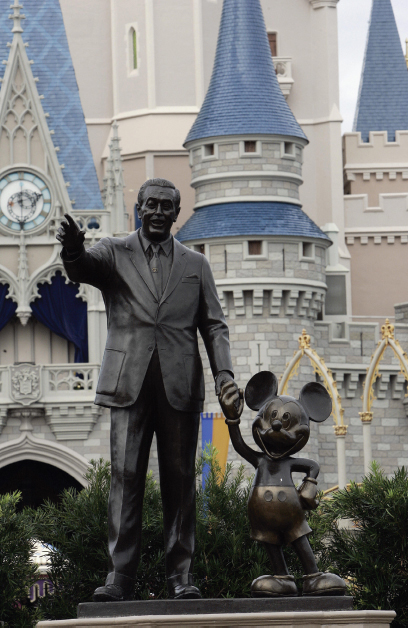Restricting Broadcast Networks’ Control
Printed Page 243
From the late 1950s to the end of the 1970s—the network era—CBS, NBC, and ABC dominated prime-time TV programming. By the late 1960s, the FCC, viewing the three networks as a quasi-monopoly, passed a series of regulations to undercut their power. The Prime Time Access Rule (PTAR), introduced in April 1970, reduced networks’ control of prime-time programming from four to three hours in an effort to encourage more local news and public-affairs programs, usually slated for the 6–7 P.M. (EST) time block. However, most stations simply ran thirty minutes of local news at 6 P.M. and then acquired syndicated quiz shows (Wheel of Fortune) or infotainment programs (Entertainment Tonight) to fill up the remaining half-hour.

In 1970, the FCC also created the Financial Interest and Syndication Rules—called fin-syn—which banned the networks from running their own syndication companies and thus reduced their ability to reap profits from syndicating old TV series. Five years later, the Department of Justice limited the networks’ production of non-news shows, requiring them to seek most of their programming from independent production companies and film studios.
With the rise of cable and home video in the 1990s, the FCC gradually phased out fin-syn, arguing that by then the TV market had grown more competitive. Beginning in 1995, the networks were once again allowed to syndicate and profit from rerun programs, but only those they had produced in-house.
Buoyed by the spirit of deregulation in the 1980s and 1990s, the elimination of fin-syn and other rules opened the door for major merger deals (such as Disney’s acquisition of ABC in 1995) that have constrained independent producers from creating new shows and competing for prime-time slots. Many independent companies and TV critics complain that the corporations that now own the networks—Disney, CBS, News Corp., and GE/Comcast—have historically exerted too much power and control over broadcast television content.